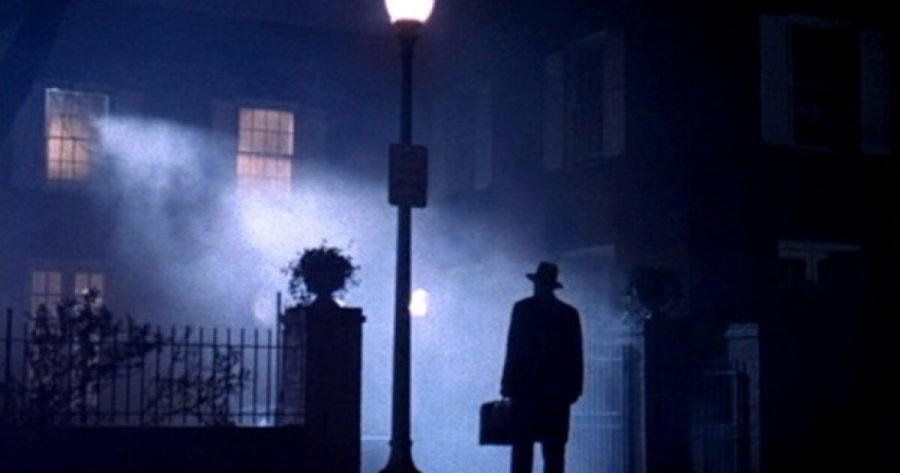The evolution of the horror genre
A breakdown of how the scares, fears and thrills came to be
November 11, 2021
Horror has long been a popular genre amongst film audiences of all ages because of its ability to scare us, confuse us and add a little extra adrenaline and excitement in our lives (which, hey, can be extremely dull at times). As a film genre, horror has been around since the inception of cinema. Trends in horror movies are largely responsive to the socio-political context of the period in which they are produced, with many themes reflecting the real-life anxieties of audiences, which allows for that fear factor by its viewers. Filmmaker John Carpenter said, “It just keeps getting reinvented and it always will. Horror is a universal language; we’re all afraid. We’re born afraid.”
In each decade, there are particular themes and subgenres that are more prominent in horror movies, allowing horror to evolve over the years into the adaptive/mutable genre it currently is.
Although there were overseas successes in the ’20s, it was not until Universal Pictures set out to establish its own world and version of horror in Hollywood that American audiences were introduced to the genre. With that came classics such as “Dracula,” “Frankenstein” and “The Mummy.” Universal would go on to dominate the horror industry for the next three decades, capturing horrors of modern-day problems, including those of World War II.
For a brief period of time, the horror genre took a backseat and comedies came into the spotlight for the time being. When the war ended, however, people were ready to be scared in a new, less-stressful way: cue the cinemas and their eagerness for new horror films.
In the ‘70s and ‘80s, many horror films involved ideas of the “occult,” particularly when it came to demonic possession of homes and children. The fascination with the paranormal and demonic activity determined this period of horror films and created, according to some critics, the best period of horror ever. An incredible film that arguably defined horror for the rest of time came out of this period: “The Exorcist” (1973). Since then, a good majority of modern-day horror films consist of similar themes like this, such as movies like “Annabelle” or “The Conjuring.”
After the success of “The Exorcist,” the next and still current takeover of the horror genre became slasher flicks. Essentially what slasher flicks contribute to the horror genre is the killing or stalking of a group of people. Some great slasher flicks are “Escape Room” and “The Purge” which gained almost instant popularity. The slasher genre became popular because it was a reflection of its own audience.
In 1974, Americans were going through a period of unprecedented skepticism and disabuse that would carry on into the ’80s as a result of the Vietnam War, the assassinations of Martin Luther King Jr. and John F. Kennedy and the Watergate scandal. Audiences were no longer afraid of monsters or demons; they’d seen much worse by now. It was again time for a new subgenre to be brought in one that would scare them more than before.
If there’s one thing the horror genre has proven, it’s that it’s capable of adapting. Hollywood is constantly working with its audiences and feeds off of what the people want. As society and the world continue to evolve, so will the genre of horror. So the question is: what’s next?







